Description
Retatrutide Dosage at PeptideLabCo: Comprehensive Research Guidelines and Purchase Information

Retatrutide’s potent triple agonist profile has accelerated research into obesity and metabolic disorders by achieving up to 24.2% weight reduction in clinical trials. This comprehensive guide delivers detailed insights into its mechanism, starting and maintenance dosing, sourcing through PeptideLabCo, anticipated clinical availability, comparative dosage analysis against tirzepatide and semaglutide, safety considerations, and best practices for administration and documentation. Researchers and laboratory directors will find actionable recommendations to calibrate retatrutide protocols, ensure compound integrity, and integrate PeptideLabCo’s quality-assured peptides into their experimental workflows. By mapping each dosage strategy, purity standard, regulatory milestone, and handling procedure, this article unifies all facets of retatrutide use under one authoritative framework.
What Is Retatrutide and How Does Its Dosage Impact Research?
Retatrutide is an investigational peptide that serves as a triple agonist by activating GLP-1, GIP, and glucagon receptors. This multi-target mechanism offers synergistic metabolic effects—reducing appetite, improving glycemic control, and increasing energy expenditure—making dosage precision essential. For instance, initiating with low weekly doses allows labs to monitor physiological responses before escalating, which helps balance efficacy and safety. Understanding retatrutide’s unique receptor interactions lays the groundwork for tailored experimental protocols that can yield reproducible outcomes.
What Is Retatrutide’s Mechanism of Action as a Triple Agonist?
Retatrutide exerts its effects by simultaneously stimulating the GLP-1 receptor for appetite suppression, the GIP receptor for enhanced insulin release, and the glucagon receptor for accelerated lipolysis. This convergence amplifies weight-loss signals and energy utilization beyond single or dual agonists. In rodent models, this mechanism drove greater adipose reduction than tirzepatide alone. Establishing how each receptor contributes informs subsequent dosage adjustments to maximize desired metabolic endpoints.
Nauck, M., et al., The Lancet (2023)
Why Is Precise Dosage Critical for Retatrutide Research Outcomes?
Precise dosing ensures consistent receptor engagement, minimizes variability, and reduces adverse events in preclinical studies. Slight deviations in weekly milligram quantities can alter pharmacodynamic profiles, affecting data reliability. For example, a shift from 2.5 mg to 5 mg weekly may double receptor occupancy, intensifying both therapeutic signals and gastrointestinal side effects. Maintaining dosage accuracy underpins repeatable experimental results and ethical research practices.
How Does PeptideLabCo Ensure Retatrutide Purity and Quality?

PeptideLabCo guarantees retatrutide purity through high-performance liquid chromatography (HPLC) and mass spectrometry validation, achieving ≥98% peptide integrity. Batch-specific certificates of analysis confirm absence of major contaminants and verify peptide sequence fidelity. These rigorous quality controls reduce experimental confounders related to impurity-induced toxicity. Consistent compound quality supports reliable dose–response assessments in research protocols.
PeptideLabCo, Certificate of Analysis (2024)
What Are the Recommended Starting and Maintenance Dosages of Retatrutide for Research?
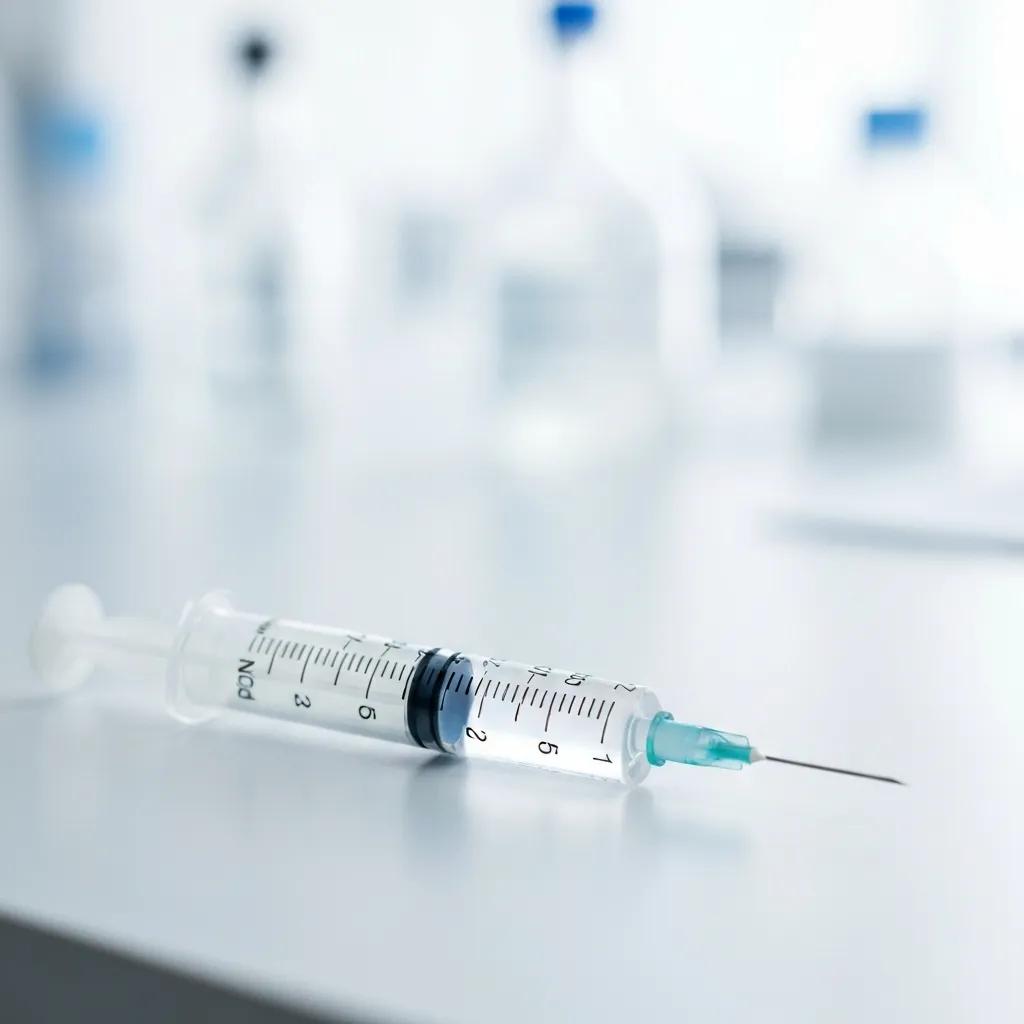
Determining starting and maintenance dosages involves balancing early safety data with long-term efficacy goals in animal and cellular models. Initial doses establish a tolerance baseline, while maintenance regimens sustain receptor activation levels conducive to metabolic studies. For example, an escalating protocol beginning at 0.3 mg weekly can reveal dose thresholds that drive significant metabolic shifts without undue toxicity. This structure forms the backbone of reproducible retatrutide research.
What Are Typical Starting Doses for Retatrutide in Experimental Studies?
- 0.3 mg per subject administered once weekly
- 1 mg per subject administered once weekly
- 2.5 mg per subject administered once weekly
Starting at these levels allows researchers to track initial changes in appetite regulation and glucose tolerance before advancing to higher regimens. These conservative doses minimize the risk of severe gastrointestinal responses and provide a stable foundation for titration.
How Are Titration Protocols Structured for Optimal Research Results?
- Weeks 1–4: 0.3–1 mg once weekly selection for baseline response assessment.
- Weeks 5–8: Escalation to 2.5 mg once weekly enhances metabolic signals.
- Weeks 9–12: Increase to 5 mg once weekly for sustained efficacy.
A step-wise approach mitigates adverse reactions and refines dose–response characteristics, ensuring that subsequent maintenance phases operate within validated safety margins.
What Maintenance Dosages Are Used in Long-Term Retatrutide Research?
- Lower maintenance range: 5–7 mg weekly for moderate weight-loss models.
- Higher maintenance range: 8–12 mg weekly for intensive metabolic research.
Selecting within this span depends on observed receptor engagement and cumulative tolerance, ensuring that extended protocols sustain desired outcomes.
Which Factors Influence Retatrutide Dosage Selection in Research Settings?
- Animal model physiology and weight response
- Research objective, such as weight reduction versus glycemic control
- Observed pharmacokinetic and pharmacodynamic data
- Potential for gastrointestinal and hepatic side effects
Where to Buy Retatrutide: How PeptideLabCo Supports Research Needs
Researchers seeking high-purity retatrutide can rely on PeptideLabCo’s specialized supply chain for consistent availability. By offering tailored packaging sizes, comprehensive purity documentation, and expert support, PeptideLabCo streamlines procurement and minimizes downtime between experiments. This synergy between product quality and service reliability addresses critical workflow demands in advanced metabolic research.
Why Choose PeptideLabCo for Retatrutide Research Chemicals?
PeptideLabCo stands out for delivering retatrutide with ≥98% purity, validated by third-party assays. The company’s dedicated production lines reduce cross-contamination risks and maintain batch consistency. Furthermore, on-demand certificates of analysis and technical support empower researchers to integrate compound data into regulatory submissions and publication methods. These assurances make PeptideLabCo a trusted partner for precise experimental designs.
How to Order Retatrutide Safely and Legally from PeptideLabCo?
Ordering retatrutide involves verifying the research institution’s credentials, submitting a material transfer agreement (MTA), and adhering to local regulations for investigational peptides. PeptideLabCo’s compliance team guides labs through documentation, ensuring shipment aligns with transport regulations and customs requirements. This process upholds ethical research practices and legal frameworks governing research chemical use.
What Are the Storage and Handling Guidelines for Retatrutide Purchased at PeptideLabCo?
| Storage Condition | Recommended Parameter | Research Impact |
|---|---|---|
| Lyophilized Peptide | –20 °C with desiccant | Preserves peptide integrity and prevents degradation |
| Reconstituted Solution | 4 °C for up to 48 hours | Maintains stability for dosing without significant potency loss |
When Will Retatrutide Be Available for Clinical Use and How Does This Affect Research?
Anticipated clinical approval of retatrutide in 2026–2027 will shift its classification from research chemical to regulated pharmaceutical. This transition will affect research supply chains by introducing prescribing restrictions and new regulatory standards. Understanding this timeline enables labs to secure sufficient research-grade inventory before clinical launch, preserving experimental continuity.
What Is the Current Clinical Trial Status of Retatrutide?
Retatrutide is in Phase 3 clinical trials investigating efficacy in obesity and type 2 diabetes management. Ongoing multi-center studies evaluate long-term safety, dose optimization, and comparative effectiveness against dual agonists. These trials inform future dosage guidelines and illuminate potential new research applications.
How Does Pending FDA Approval Influence Research Chemical Availability?
Pending FDA approval reclassifies retatrutide as a prescription drug, restricting access to licensed healthcare providers and certified research institutions. Researchers must therefore plan bulk ordering and storage ahead of approval to avoid post-approval procurement delays. Transition preparations safeguard ongoing studies from regulatory bottlenecks.
What Are the Expected Market Launch Dates and Their Impact on Research?
With regulatory submissions slated for late 2025, market entry is likely in mid-2026.
- Research labs may experience increased lead times and higher pricing post-launch
- Demand for investigative studies on emerging metabolic pathways will surge
Proactive procurement strategies maintain research momentum during the shift from exploratory to clinical supply channels.
How Does Retatrutide Compare to Other Peptides Like Tirzepatide and Semaglutide in Research Dosage?
Retatrutide’s triple agonism differentiates it from dual agonists and single GLP-1 agents, requiring adjusted dosing to leverage its broader receptor profile. Comparative studies reveal that retatrutide achieves similar weight-loss endpoints at lower milligram-per-receptor ratios, presenting unique dosing efficiencies. Understanding these distinctions aids in selecting the optimal peptide for specific research aims.
What Are the Key Differences in Dosage Between Retatrutide and Tirzepatide?
| Peptide | Receptor Profile | Typical Weekly Dose | Research Advantage |
|---|---|---|---|
| Retatrutide | GLP-1, GIP, Glucagon | 2.5–12 mg | Broader metabolic activation at moderate doses |
| Tirzepatide | GLP-1, GIP | 5–15 mg | Dual agonism simplifies dosing but limits lipolytic boost |
How Does Retatrutide’s Triple Agonist Mechanism Affect Dosage Compared to Semaglutide?
Semaglutide, a single GLP-1 agonist, typically requires 1–2 mg weekly for comparable metabolic outcomes. Retatrutide’s multi-receptor engagement means a 4 mg weekly dose can rival semaglutide’s efficacy while adding energy-expenditure benefits. This efficiency reduces the need for combination therapies in experimental designs.
What Research Advantages Does Retatrutide Offer Over Other GLP-1 Agonists?
Retatrutide consolidates appetite suppression, insulin sensitization, and lipolysis within one compound, streamlining study protocols. Researchers benefit from fewer variables and simplified administration schedules. This integrated approach accelerates project timelines and enhances data consistency across multiple metabolic endpoints.
What Are the Safety Considerations and Potential Side Effects Related to Retatrutide Dosage in Research?
Retatrutide’s safety profile is characterized by dose-dependent gastrointestinal effects and potential transient elevations in hepatic enzymes. Monitoring and titration strategies mitigate these risks, preserving animal welfare and data integrity. Careful purity assessments further reduce confounding factors related to contaminants.
What Common Side Effects Should Researchers Monitor During Retatrutide Studies?
Researchers should observe subjects for nausea, vomiting, and mild hypoglycemia, which correlate with dose intensity. Additionally, transient increases in alanine aminotransferase (ALT) may occur at higher maintenance doses. Early detection of these effects allows timely dose adjustments that protect study validity.
How Can Dosage Titration Minimize Adverse Reactions in Experimental Models?
Gradual dose escalation—starting at 0.3 mg and increasing in 0.5–1 mg increments every 4 weeks—reduces peak receptor overstimulation and gastrointestinal distress. This measured approach supports adaptation and helps identify the minimum effective dose for each model. Ultimately, it balances robust metabolic outcomes with subject well-being.
What Purity and Contaminant Factors Affect Retatrutide Safety in Research?
Contaminants such as truncated peptides or residual solvents can exacerbate toxicity and skew pharmacological responses. PeptideLabCo’s HPLC-validated batches ensure that impurity levels remain below 1%, substantially lowering contamination risk. High-purity retatrutide therefore reduces background variability and supports reproducible safety assessments.
What Are the Best Practices for Retatrutide Dosage Administration and Documentation at PeptideLabCo?
Establishing rigorous protocols for peptide reconstitution, dosing, and record-keeping is essential to traceability and regulatory compliance. PeptideLabCo offers standardized documentation templates and step-by-step handling guides to facilitate best practices. These resources underpin accurate dosage delivery and transparent audit trails.
How Should Retatrutide Be Reconstituted and Administered in Research Settings?
Reconstitute lyophilized retatrutide in sterile water for injection to a concentration of 1 mg/mL, gently swirling to dissolve. Administer subcutaneously once weekly, rotating injection sites to minimize local irritation. This protocol ensures consistent bioavailability and reproducible pharmacokinetic profiles.
What Documentation Supports Accurate Dosage Tracking and Compliance?
Maintaining a dosing log that records batch number, reconstitution details, administered dose, subject ID, and observational notes forms a comprehensive audit trail. Electronic lab notebooks with timestamped entries and COA attachments improve data integrity. Rigorous documentation supports both internal quality checks and external regulatory reviews.
How Does PeptideLabCo Support Researchers with Dosage and Handling Resources?
PeptideLabCo provides downloadable protocols, instructional videos, and live technical support to clarify reconstitution steps and dosing calculations. Customizable lab worksheets integrate COA data, ensuring that each experimental run aligns with purity and potency specifications. This support framework enhances experimental precision and research confidence.
Retatrutide’s precise dosing strategies, from initial titration to long-term maintenance, are foundational for valid metabolic and obesity research. PeptideLabCo’s quality assurance, detailed handling protocols, and regulatory guidance ensure reliable access to research-grade retatrutide while maintaining compound integrity. Anticipating its clinical approval within 2026–2027 allows laboratories to plan procurement and adjust protocols ahead of market transition. Combining triple agonist efficacy with rigorous safety and documentation practices positions retatrutide as a versatile tool for advanced metabolic investigations.

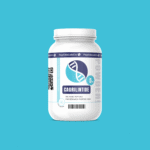
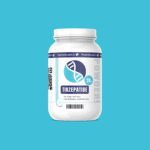
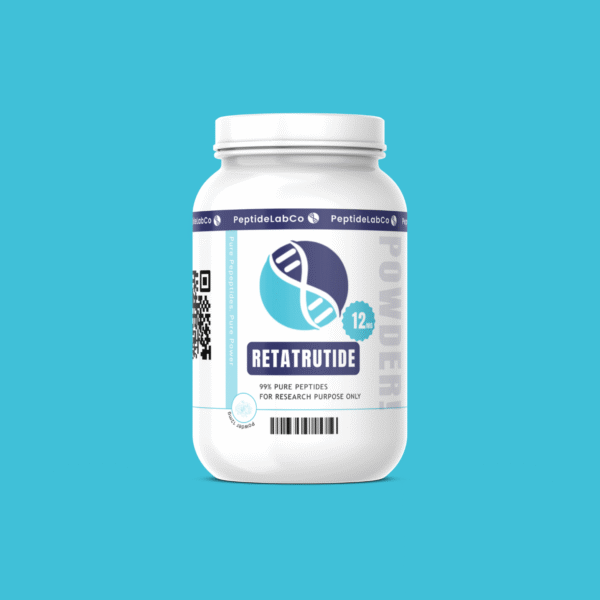
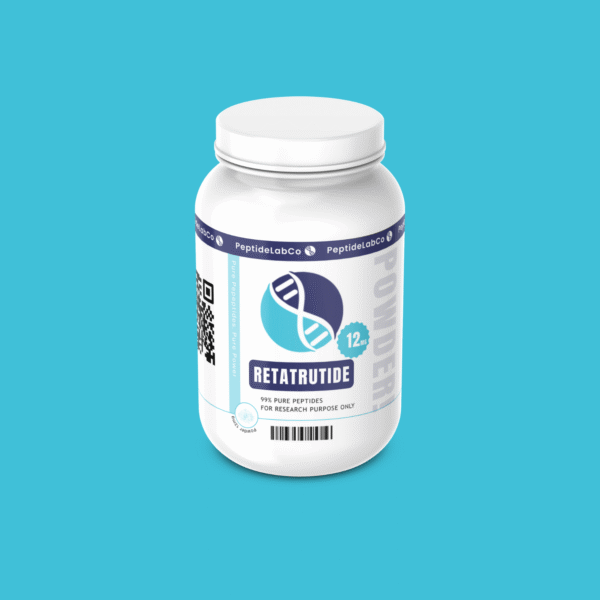
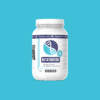
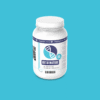

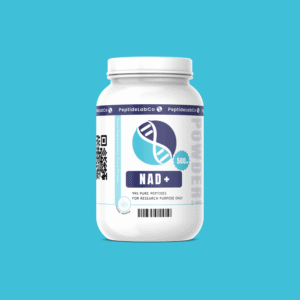
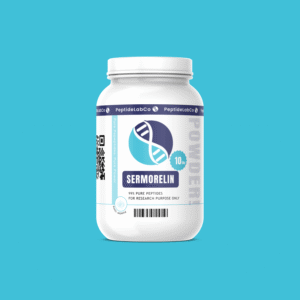
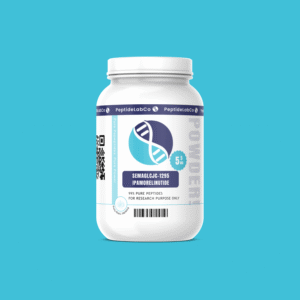
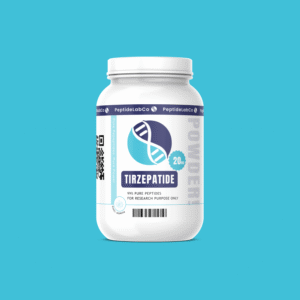
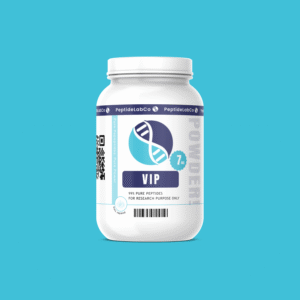 Vasoactive Intestinal Peptide (VIP)
Vasoactive Intestinal Peptide (VIP)
Reviews
There are no reviews yet.